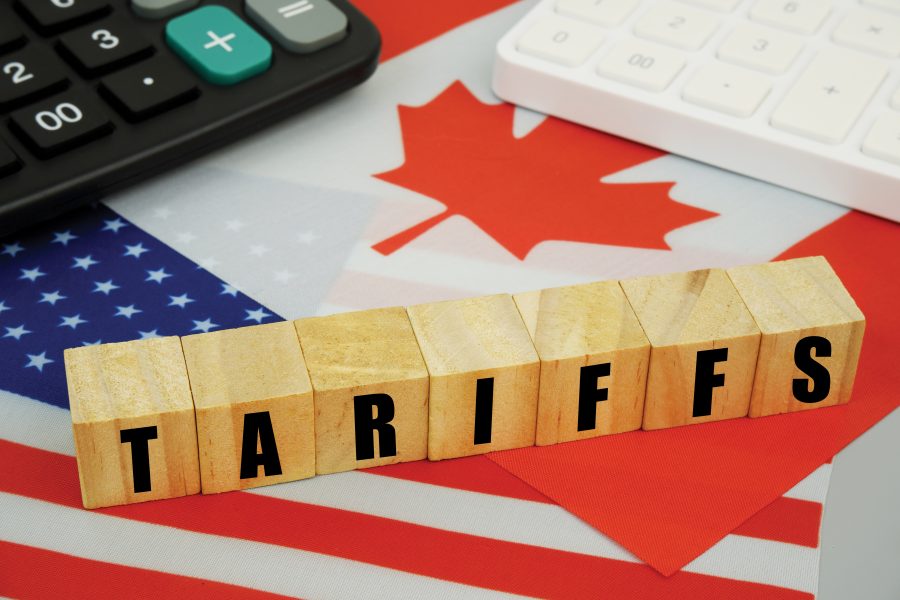Tariffs and Turbulence: How Trump’s Trade Policies Could Reshape Global Insurance Market

As U.S. President Donald Trump pushes forward with a fresh wave of tariffs targeting imports from China, Mexico, and other major trade partners, the expected economic friction is already beginning to ripple across key sectors. One of the less obvious yet increasingly vulnerable industries is insurance.
While trade and manufacturing bear the brunt of public scrutiny, the insurance sector—deeply intertwined with global supply chains, pricing models, and economic forecasts—is quietly preparing for major shifts. From auto and home insurers in the U.S. to reinsurers in Europe and underwriters in Asia, the world’s risk managers are recalibrating.
In the U.S.: Rising Costs, Thinner Margins
For U.S.-based insurers, the most immediate concern lies in rising claim costs. Tariffs on critical imports—such as auto parts, construction materials, and electronics—are inflating the cost of repairs and replacements. With more than half of the parts used in American car repairs imported from countries now subject to duties, insurers in the auto segment are experiencing a surge in per-claim costs.
Homeowners’ insurance in the U.S. also can feel the heat. With imported lumber, steel, and electrical components facing tariff-related price hikes, insurers are projecting higher rebuilding and repair costs—particularly in regions prone to natural disasters. As a result, policyholders are likely to see premium increases, especially in areas where inflation overlaps with climate risks cost.
Credit rating agencies like AM Best have already flagged the issue, warning that the added pressure on loss costs could make profitability harder to achieve for insurers, especially those heavily exposed to property and auto lines.
Canada and Mexico: Collateral Impact
North American neighbors Canada and Mexico, both major suppliers of goods to the U.S., are indirectly affected in two key ways. First, as U.S. insurers pass on costs to consumers and tighten underwriting standards, Canadian and Mexican insurers operating cross-border businesses may find themselves navigating a more volatile commercial landscape.
Second, both countries are experiencing their own spikes in the cost of industrial inputs due to trade disruption. In Mexico, where a growing insurance market is tied to auto manufacturing and exports, rising component costs are squeezing both carmakers and insurers. In Canada, property insurers are beginning to price in higher rebuilding costs, particularly in urban centers with heavy reliance on imported materials.
Europe: Reinsurers and Market Sensitivity
In Europe, where reinsurance giants like Munich Re and Swiss Re dominate the global market, the impact of Trump-era tariffs is felt more through market sensitivity and risk modeling than direct claim costs.
Reinsurers, who provide the backbone of insurance capital across the world, are adjusting their exposure models to reflect the changing economic and geopolitical landscape. A prolonged trade war, especially between the U.S. and China, introduces macroeconomic uncertainties that affect everything from corporate investment to natural catastrophe losses.
Moreover, European insurers heavily invested in U.S. assets are monitoring inflation trends and bond market shifts closely. Increased tariffs often lead to price instability and reduced consumer spending, which can erode investment returns and overall profitability.
China and Asia: Economic Slowdown and Domestic Risk
China, a primary target of U.S. tariffs, faces a more complex insurance challenge. While its domestic insurance sector is largely insulated from direct foreign market shocks, the broader economic slowdown—spurred by trade restrictions and capital outflows—poses indirect threats.
Lower industrial output, falling exports, and subdued consumer confidence could lead to slower growth in insurance premium collections. Meanwhile, Chinese insurers with overseas investments or international reinsurance links may face rising costs and regulatory uncertainties.
Across the broader Asian market—including South Korea, Japan, and Southeast Asia—insurers are keeping a close eye on export volumes and currency fluctuations. For economies that rely on manufacturing and international trade, reduced export orders from the U.S. could dampen corporate insurance demand, particularly in cargo, liability, and engineering segments.
In conclusion, as Trump’s tariff policies reshape global trade once again, insurers are recalculating risk across borders. The sector’s exposure to the global supply chain—often overlooked—means that even minor shifts in trade policy can have outsized effects on claim costs, capital allocation, and pricing structures.
